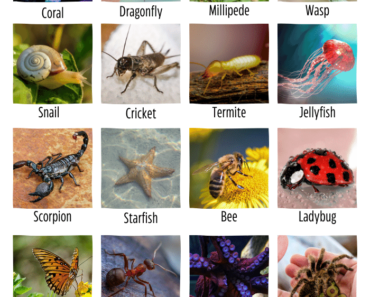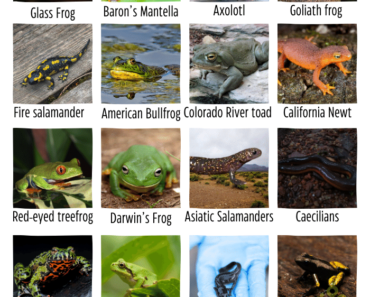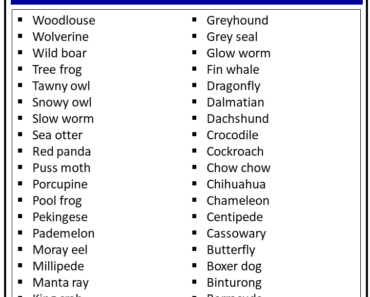What are Herbivores Animals? Herbivores are plant-eating animals that feed primarily on vegetation, such as deer and rabbits.
Must Read: Animals Name (Complete List)
Herbivores Animals Name
Below are over 20 herbivores animals’ names:
- Mule
- Kangaroo
- Kakapo
- Sea slug
- Termite
- Ungulate
- Okapi
- Moose
- Moth
- Scavenger
- Sea cow
- Howler monkey
- Rhinoceros
- Snail
- Iguana
- Hippopotamus
- Ruminant
- Honeybee
- Zebra
- Manatee
- Rabbit
- Koala
- Maggot
- Tortuga
- Reindeer
- Sheep
- Tapir
- Horse
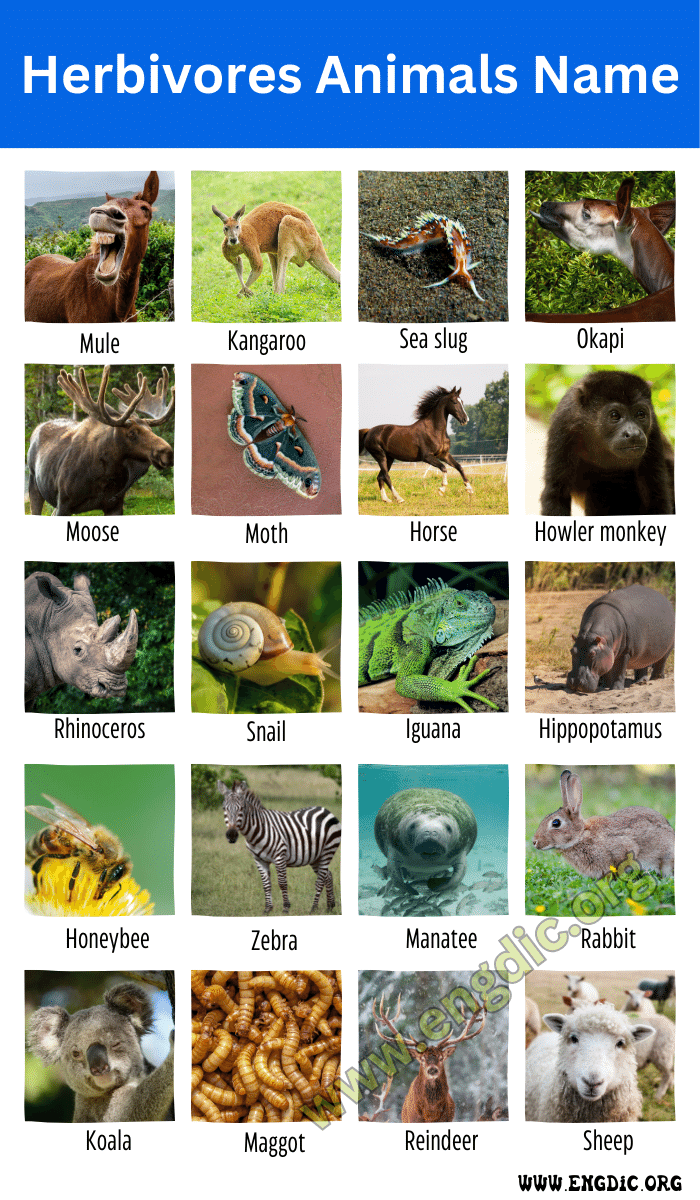
Herbivores Animals Name and Pictures
Below are 20 examples of herbivore animals and their pictures:
| 1. Cow |  |
| 2. Sheep | 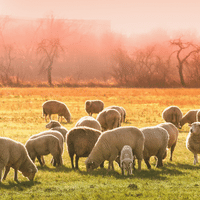 |
| 3. Horse | 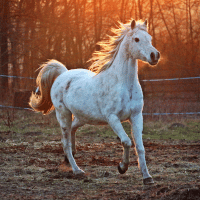 |
| 4. Deer |  |
| 5. Rabbit |  |
| 6. Giraffe | 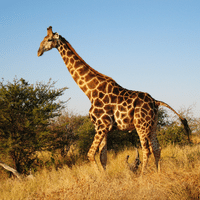 |
| 7. Elephant |  |
| 8. Koala |  |
| 9. Gorilla |  |
| 10. Panda | 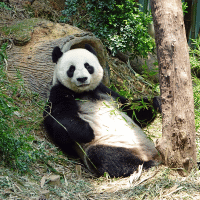 |
| 11. Kangaroo |  |
| 12. Goat | 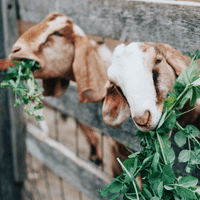 |
| 13. Hippopotamus | 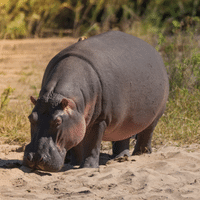 |
| 14. Zebra |  |
| 15. Sloth |  |
| 16. Alpaca |  |
| 17. Moose | 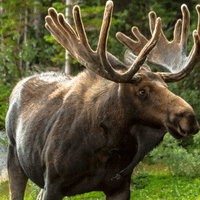 |
| 18. Camel |  |
| 19. Chinchilla | 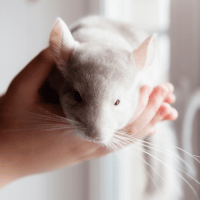 |
| 20. Capybara | 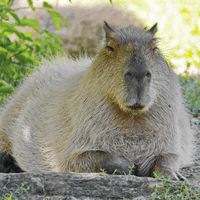 |
Types of Herbivores Animals
There are various types of herbivorous animals found in different ecosystems around the world. These animals primarily feed on plant material, including leaves, stems, fruits, seeds, and sometimes even tree bark. Here are some common types of herbivores:
- Ruminants: These are large, hoofed mammals with multi-chambered stomachs that help them digest plant cellulose efficiently. Examples include cows, sheep, goats, deer, and giraffes.
- Non-Ruminant Herbivores: These herbivores have simpler stomach structures compared to ruminants. They consume plant material and use microbial fermentation in their large intestines to aid digestion. Examples include horses, rabbits, and rodents like squirrels and guinea pigs.
- Browsers: These animals primarily feed on leaves, twigs, and shoots of trees and shrubs. Examples include giraffes, koalas, and some species of monkeys.
- Grazers: Grazers feed on grasses and other low-lying vegetation. They often have specialized teeth and jaws to efficiently graze on these plant types. Examples include zebras, cattle, bison, and some species of antelope.
- Frugivores: Frugivores primarily eat fruits and play an essential role in seed dispersal. They often have adaptations such as strong jaws or beaks for breaking open fruits. Examples include primates like monkeys and some bird species like parrots and toucans.
- Granivores: Granivores specialize in eating seeds. They have beaks or specialized digestive systems to handle seeds, often crushing or grinding them before digestion. Examples include birds like finches, sparrows, and pigeons.
- Folivores: Folivores feed mainly on leaves and have adaptations to cope with the challenges of digesting cellulose-rich plant material. Examples include sloths, leaf monkeys, and some insect species like caterpillars.
- Nectarivores: These animals primarily consume nectar from flowers. They often have long tongues or beaks to access the nectar. Examples include hummingbirds, honeyeaters, and some bat species.

